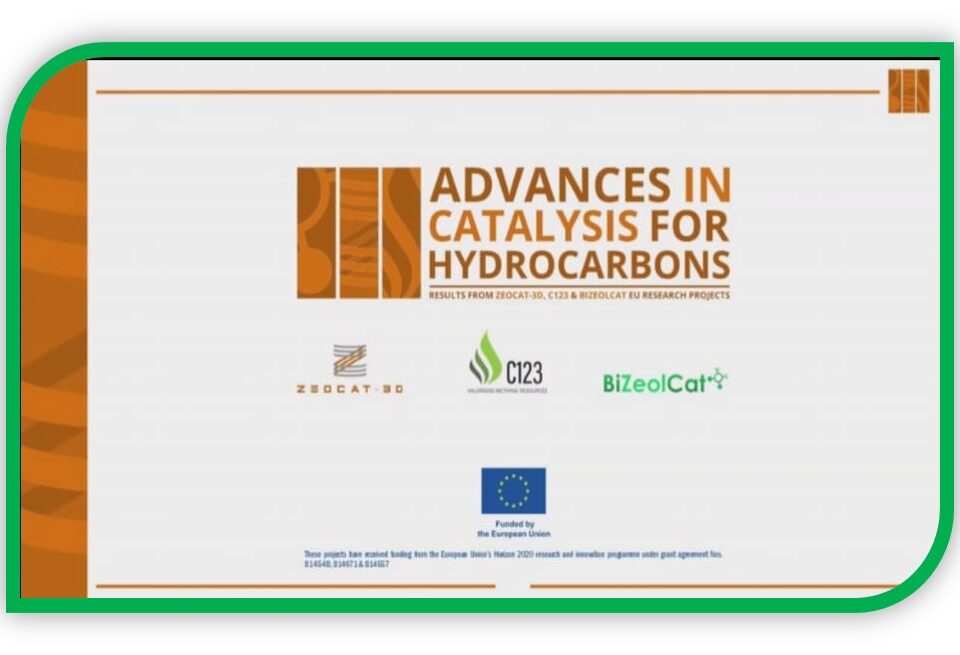- Have any questions?
- info@bizeolcat.eu

1st- 4th June 2021 – #EU GreenWeek
May 31, 2021
Bizeolcat Informs! From gas flaring to valuable chemicals: the role of catalysts.
October 12, 2021Effect of Surface Oxidation on Oxidative Propane Dehydrogenation over Chromia: An Ab Initio Multiscale Kinetic Study

dehydrogenation chromium oxide surface oxidation propane multiscale modeling
Effect of Surface Oxidation on Oxidative Propane Dehydrogenation over Chromia: An Ab Initio Multiscale Kinetic Study
Autors: Matej Huš*, Drejc Kopač, David Bajec, and Blaž Likozar*
Date: 31/08/2021
An increasingly utilized way for the production of propene is propane dehydrogenation. The reaction presents an alternative to conventional processes based on petroleum resources. In this work, we investigate theoretically how Cr2O3 catalyzes this reaction in oxidative and reducing environments. Although previous studies showed that the reduced catalyst is selective for the non-oxidative dehydrogenation of propane, real operating conditions are oxidative. Herein, we use multiscale modeling to investigate the difference between the oxidized and reduced catalyst and their performance. The complete reaction pathway for propane dehydrogenation, including C–C cracking, formation of side products (propyne, ethane, ethylene, acetylene, and methane), and catalyst coking on oxidized and reduced surfaces of α-Cr2O3(0001), is calculated using density functional theory with the Hubbard correction. Parameters describing adsorption, desorption, and surface reactions are used in a kinetic Monte Carlo simulation, which employed industrially relevant conditions (700–900 K, pressures up to 2 bar, and varying oxidants: N2O, O2, and none). We observe that over the reduced surface, propene and hydrogen form with high selectivity. When oxidants are used, the surface is oxidized, which changes the reaction mechanism and kinetics. During a much faster reaction, H2O forms as a coproduct in a Mars–van Krevelen cycle. Additionally, CO2 is also formed, which represents waste and adversely affects the selectivity. It is shown that the oxidized surface is much more active but prone to the formation of CO2, while the reduced surface is less active but highly selective toward propene. Moreover, the effect of the oxidant used is investigated, showing that N2O is preferred to O2 due to higher selectivity and less catalyst coking. We show that there exists an optimum degree of surface oxidation, where the yield of propene is maximized. The coke, which forms during the reaction, can be burnt away as CO2 with oxygen.


